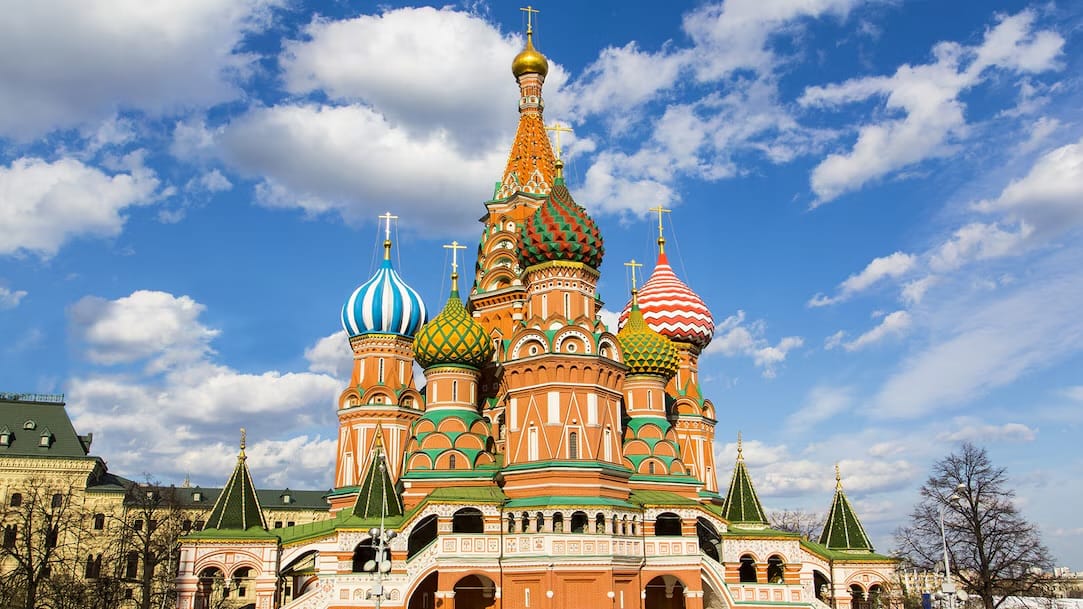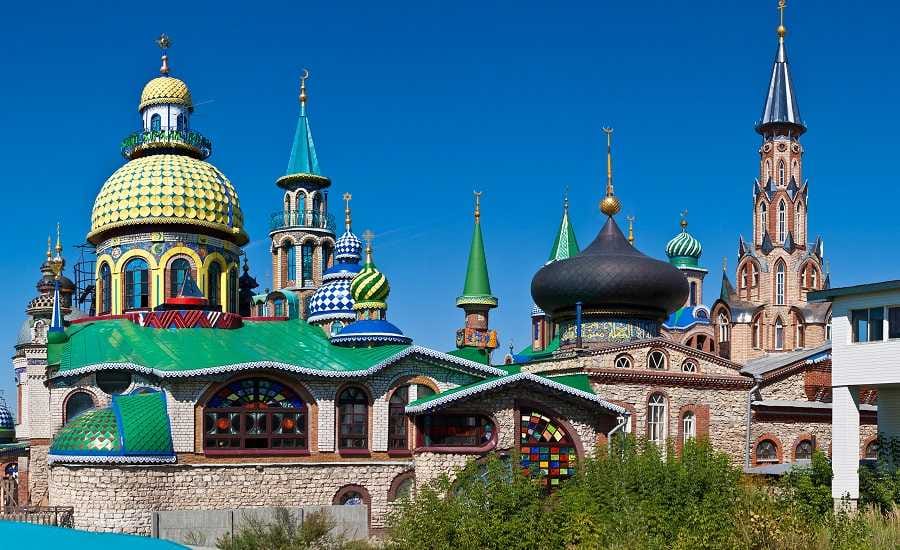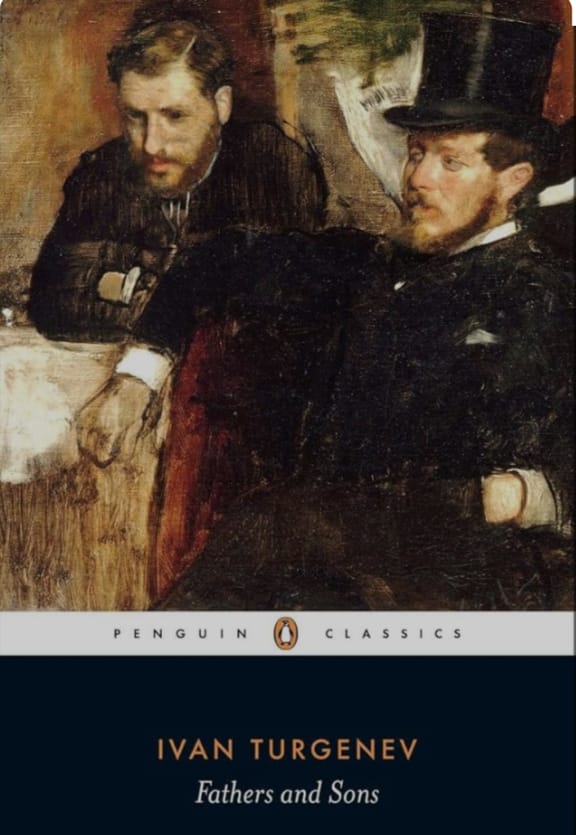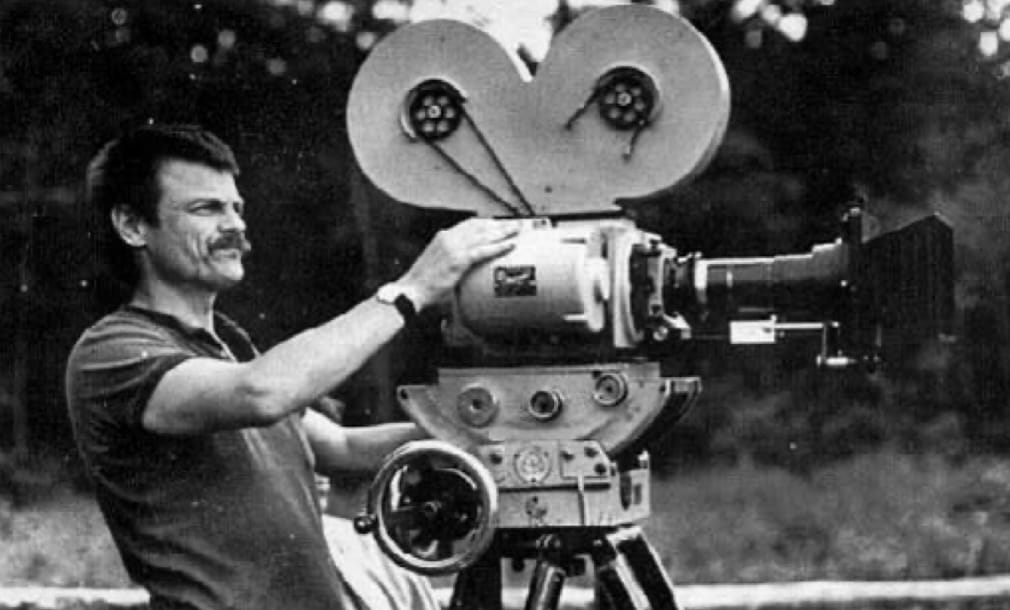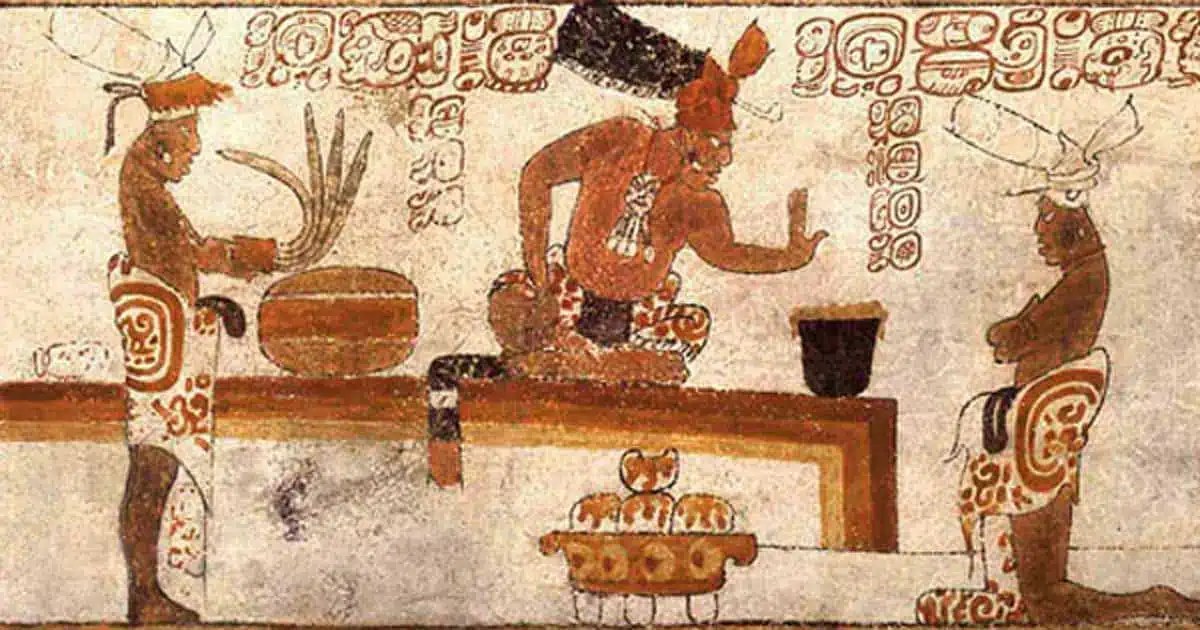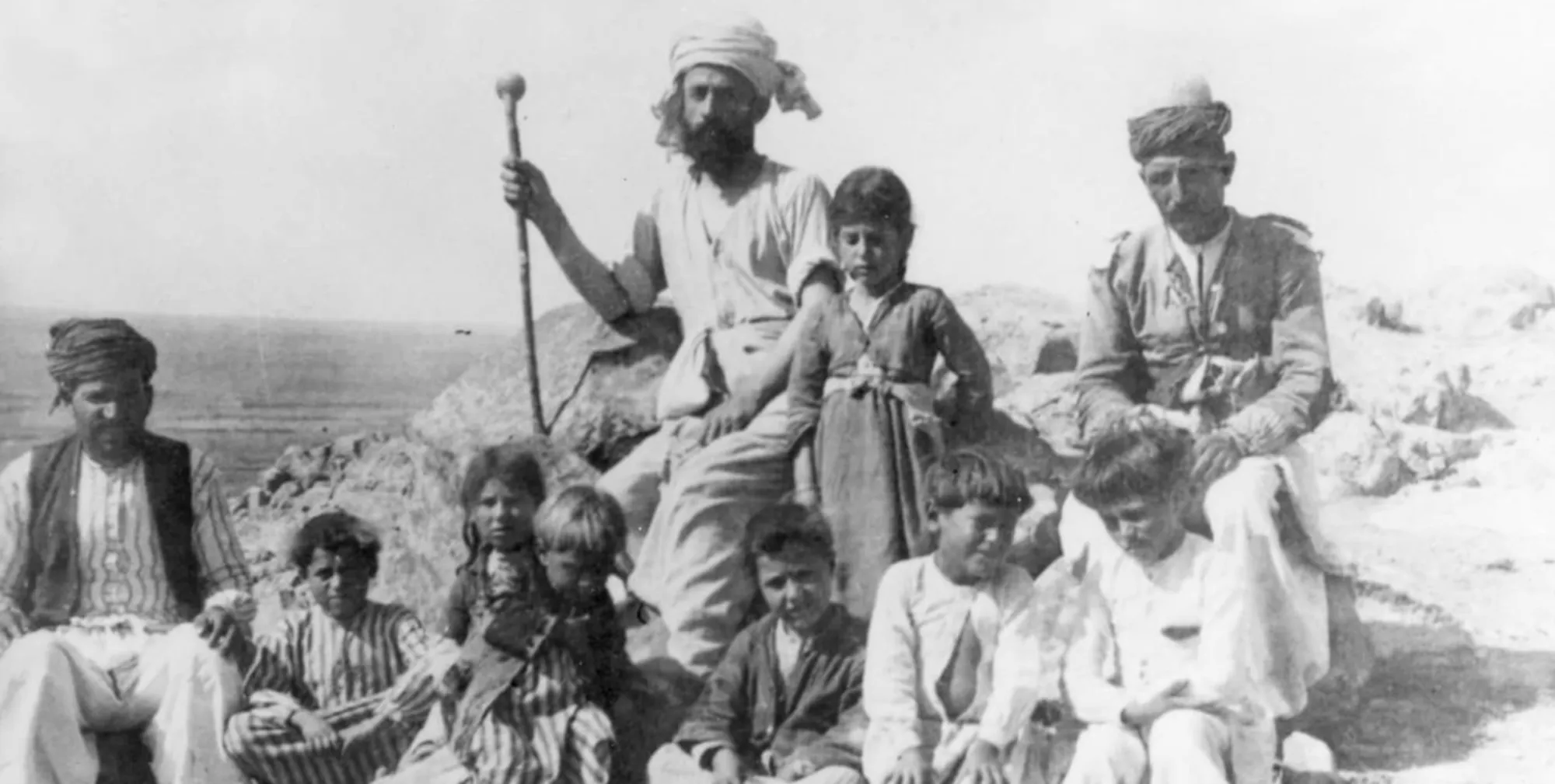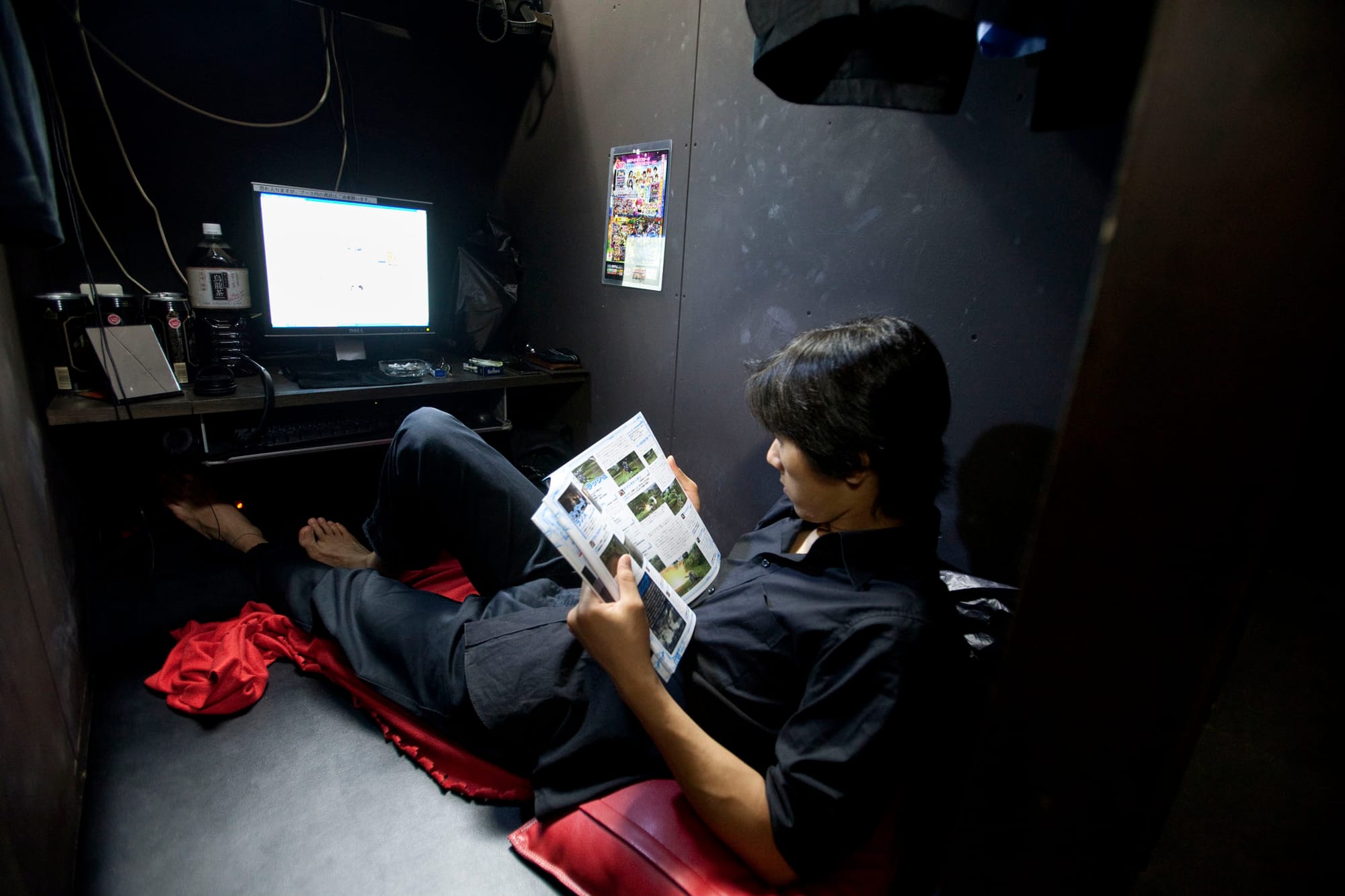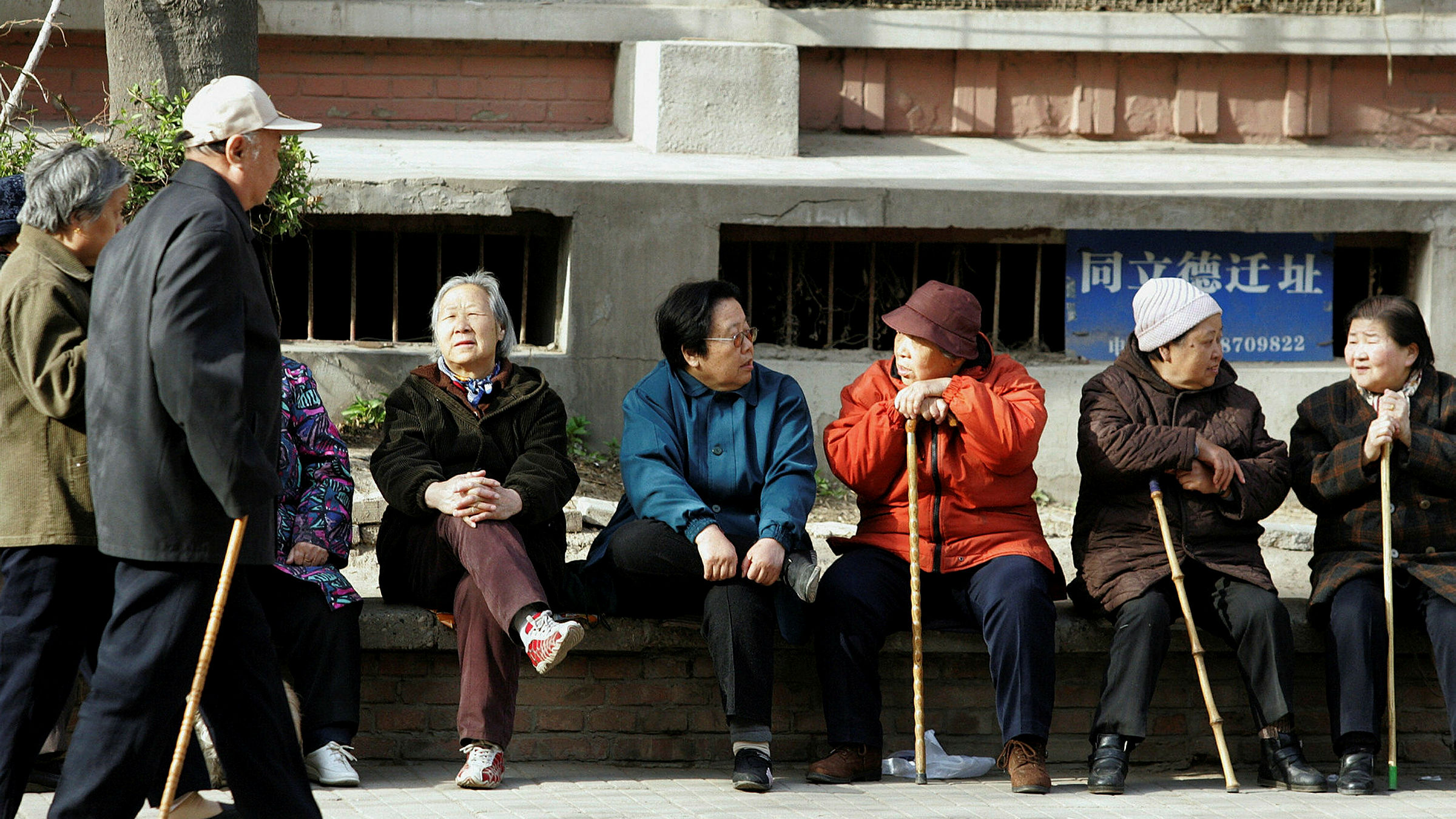Броненосец Потемкин/Battleship Potemkin (1925)

Director: Sergei Eisenstein
Battleship Potemkin was commissioned to comemorate the 1905 Revolution and is today considered a landmark of Soviet cinema. Reworking a dense script by Nina Agadjanova, Eisenstein focused on a single event—the mutiny aboard the battleship Potemkin. The film, told in five acts, follows the sailors’ rebellion against brutal officers, the public’s reaction in Odessa, and the final confrontation with the Tsarist fleet.
Its most famous sequence, the Odessa Steps Massacre, depicting Tsarist troops firing on unarmed civilians, became one of the most influential scenes in film history. The finale, where sailors refuse to fire on Potemkin, symbolized revolutionary solidarity. Eisenstein, experimenting with early colour techniques, hand-painted the red flag. The film was originally silent and was not dubbed until 5 years after its release and later featured scores by composers like Dmitri Shostakovich.
Человек с Киноаппаратом/Man with a Movie Camera (1929)

Directed by Dziga Vertov
An experimental narrative-free film designed to demonstrate the possibilities of the ‘cinema eye’. Vertov
and his wife and brother, Boris Kaufman, literally construct a new reality by assembling a film from various shots, many of which last only a few seconds. The footage is given meaning by editing, which transforms images taken from everyday life into a hymn to human labour. In this way Dziga Vertov hoped to prove that the modern language of cinema is universal, understandable and fundamentally different from the language of literature and theatre. According to Vertov's deep conviction, cinema technology is accessible to what the human eye cannot see: a man with a film camera goes through the whole film, creating the impression that with the camera he is able to be always and everywhere, to see everything at once.
Vertov's film has been praised many times by critics and film theorists. In 2014, Sight&Sound magazine named the film the best documentary of all time, and two years earlier in the same publication ‘Man with a Movie Camera’ was included in the general list of the best films. Famous American film critic Jim Hoberman called Vertov's film the cinematic equivalent of Joyce's ‘Ulysses’.
Летят Журвали/The Cranes Are Flying (1958)

Directed by: Mikhail Kalatozov
Starring: Tatiana Samoilova, Alexei Batalov
Mikhail Kalatozov’s The Cranes Are Flying (1957) is the only Soviet film to win the Palme d’Or at Cannes. More than a war film, it explores love, loss, and resilience through the story of Veronika, a young woman whose life is shattered by World War II. Separated from her beloved Boris, who volunteers for the front, Veronika endures personal tragedy, coercion into a loveless marriage, and exile to Siberia. Believing Boris to be alive, she desperately awaits his return, only to learn of his death as the war ends. In a powerful final scene, Veronika distributes flowers to returning soldiers, with cranes soaring above—a symbol of renewal.
Adapted from Viktor Rozov’s The Living and the Dead, the film’s striking cinematography by Sergei Urusevsky set new visual standards. Tatiana Samoilova’s performance brought her international acclaim, and despite Soviet criticism, the film resonated globally, marking a breakthrough for Soviet cinema.
‘War and Peace’ (1967)

Director: Sergei Bondarchuk
Starring: Lyudmila Savelyeva, Vyacheslav Tikhonov, Sergei Bondarchuk
Sergei Bondarchuk’s War and Peace was one of the most of the largest film projects of the USSR. A 7-hours-long retelling of Tolstoy's classic novel released in four parts between March 1966 and November 1967. The Russian adaptation of the famous novel was a response to the release of the Hollywood film starring Vittorio Gassman and Audrey Hepburn, and its release coincided with the 150th anniversary of the Battle of Borodino. Bondarchuk was the director, co-writer and starred as Pierre Bezhukov. The film drew great attention for its huge battle sequences, which the crew created a special cavalry regiment for: 1500 people on horses and 120,000 soldiers
Upon release, it became a massive success, selling 135 million tickets in the USSR. It won the Academy Award and Golden Globe for Best Foreign Language Film, as well as the Grand Prix at the Moscow International Film Festival.
Зеркало/Mirror (1974)

Directed by Andrei Tarkovsky
Starring: Margarita Terekhova, Oleg Yankovsky, Innokenty Smoktunovsky.
Andrei Tarkovsky’s Mirror (1975) is an avant-garde, deeply autobiographical film that blends memory, dream, and history. Loosely structured around the reflections of a dying poet, the film interweaves personal recollections, wartime Soviet history, and the poetry of Tarkovsky’s father, Arseny Tarkovsky. Margarita Terekhova plays both the protagonist’s mother and wife, emphasizing the cyclical nature of memory and trauma.
Initially rejected by Soviet authorities, Mirror was finally approved in 1972 but faced a limited release. Its nonlinear structure, poetic visuals, and surreal sequences polarized audiences. Tarkovsky used black-and-white, sepia, and color cinematography to create a fragmented yet deeply immersive meditation on nostalgia, loss, and identity. Despite its initial reception, Mirror has since been hailed as one of cinema’s greatest achievements. It won the David di Donatello prize in Italy and remains especially beloved in Russia, where its poetic and introspective nature continues to captivate audiences.
Сталкер/Stalker (1979)

Directed by Andrei Tarkovsky
Starring: Alexander Kaidanovsky, Nikolai Grinko, Anatoly Solonitsyn
Andrei Tarkovsky’s Stalker (1979) is a haunting philosophical journey based loosely on Roadside Picnic by Arkady and Boris Strugatsky. The film follows a guide—the Stalker—who leads a Writer and a Professor through the mysterious, post-apocalyptic "Zone" to a Room that is said to grant one’s deepest, unconscious desires.
Filmed over three arduous years, Stalker underwent multiple reshoots due to technical failures, crew conflicts, and Tarkovsky’s health issues. Stripping away most of the novel’s sci-fi elements, Tarkovsky transformed the story into a meditation on faith, knowledge, and existential despair. The film’s eerie, desaturated visuals, slow pacing, and philosophical depth cemented its place as one of cinema’s most profound works. Initially met with mixed reactions, Stalker won the Ecumenical Jury Prize at Cannes and the Luchino Visconti Prize. Over time, it has been hailed as one of the greatest films ever made, with deep allegorical interpretations still debated today.
Иди и Смотри/Go and See (1985)

Directed by: Elem Klimov
Starring: Alexei Kravchenko, Olga Mironova, Lubomiras Laucevicius.
Elem Klimov’s Come and See (1985) is one of the most harrowing anti-war films ever made. Based on Ales Adamovich’s Khatyn and I Am from the Fiery Village, the film follows Flyora, a Belarusian teenager who joins the partisans during the Nazi occupation of the Soviet Union. What begins as a naive adventure spirals into a nightmarish descent as he witnesses unspeakable atrocities, including the massacre of entire villages.
Blending hyper-realism with surreal horror, Klimov’s film endured eight years of Soviet censorship before being released. Aleksei Kravchenko’s performance, often cited as one of the greatest by a child actor, captures Flyora’s transformation from innocence to trauma. The film won the FIPRESCI Prize at the Moscow International Film Festival and is now regarded as one of the greatest war films ever made. In the Sight & Sound directors’ poll (2022), it ranked 41st, solidifying its place in cinematic history.
Возвращение/The Return (2003)

Director: Andrey Zvyagintsev
Starring: Vladimir Garin, Ivan Dobronravov, Konstantin Lavronenko
The Return (2003) is a haunting, allegorical drama about fatherhood, loss, and the fragility of trust. Two brothers, Andrei and Ivan, live with their mother when their long-absent father suddenly reappears, taking them on a mysterious journey across the Russian wilderness. Initially excited, the boys soon realize their father is a distant, authoritarian figure, whose cryptic motives and harsh discipline create tension. Their trip culminates in tragedy, leaving questions unanswered and emotions unresolved.
Zvyagintsev’s feature debut won the Golden Lion at the Venice Film Festival, marking him as a major voice in Russian cinema. Evoking Tarkovskian landscapes and biblical symbolism, The Return is a meditation on authority, faith, and the unknowability of paternal love. The film’s austere cinematography and restrained performances heighten its enigmatic power, leaving audiences with an overwhelming sense of mystery and loss. It remains one of the most acclaimed Russian films of the 21st century.

